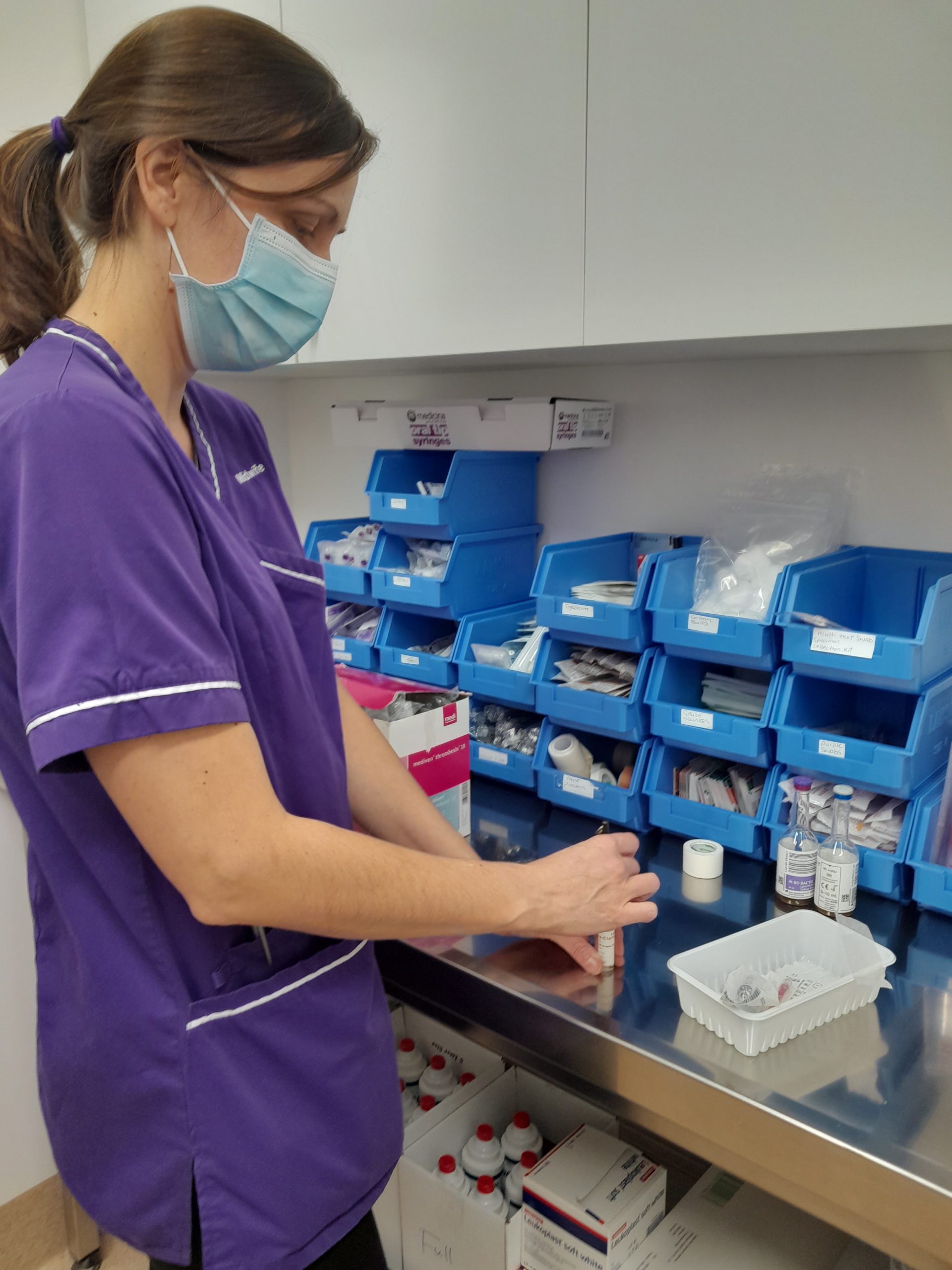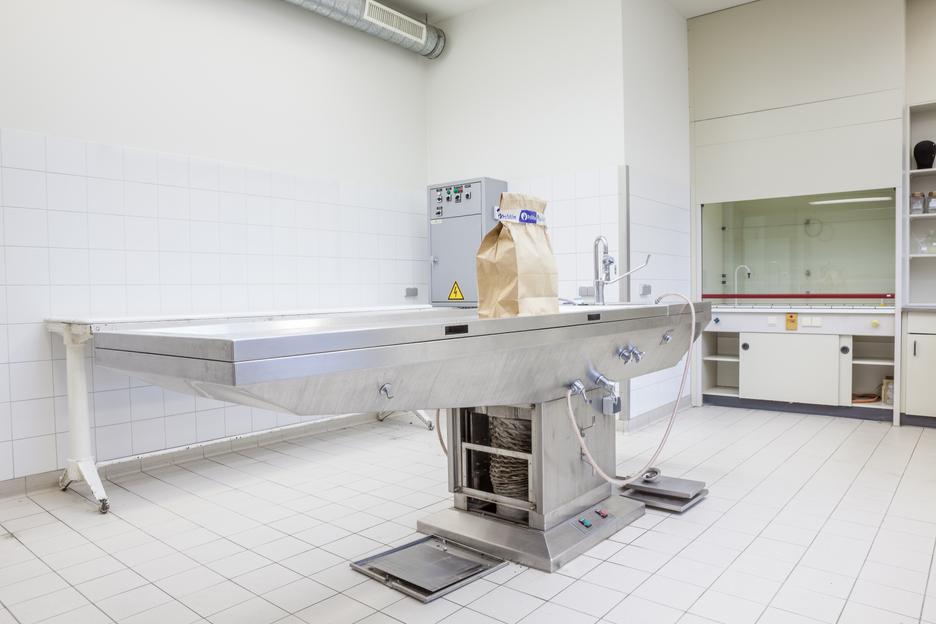Sharps cuts and injuries from scalpels, suture needles, and other sharps are a significant occupational hazard for staff in hospitals and healthcare facilities, leading to long-term impacts on physical and psychological health. This is especially true for those working in Operating Rooms, which are high-pressure environments where sharps are used frequently. To combat occupational injuries, …

Game Changer for Nurses and Midwives Te Whatu Ora
Te Whatu Ora, the public health agency of the New Zealand government, has given their nurses and midwives SnapIT Ampoule Openers to reduce their risk of ampoule cuts. The agency is responsible for running the health system across new Zealand – servicing local, district, regional, and national levels. Nurses and Midwives Nurses and Midwives make …

What Nurses Need To Know About Sharps Injuries
Sharp injuries has always been a concern in the healthcare industry and in particular, nurses. Nurses are at high risk of being exposed to sharps, including needles, scalpels, and other sharp objects, in their daily work routines. This can result in serious and potentially life-threatening injuries, as well as emotional and psychological trauma. In this …

Scalpel Cuts in the Manufacturing Industry
Scalpel blades are also used in a variety of industries outside of the medical industry, particularly in manufacturing. These are used for precision cutting tasks, such as cutting materials for electronics, automotive parts and upholstery, textile, and other products. Here are some ways scalpel blades are used in industrial manufacturing: Electronics Manufacturing: Scalpel blades …

Medical Examiners: Risk of Injuries and Infections
Medical examiners, also known as forensic pathologists, investigate deaths if they are deemed unusual or suspicious. However, it is not always known at the time of death if the deceased has a bloodborne infection or virus. This is why all bodies should be considered as potentially infectious and standard precautions should always be adopted, regardless …

The Rise of Monkeypox and How We Can Protect HealthCare Workers
What is Monkeypox? Monkeypox virus is part of the family of variola viruses, which also includes the smallpox virus. The first human case was recorded in 1970. The disease can cause rashes (often on or near the genitals) fever, chills, muscle aches and pains, headache and respiratory symptoms. The illness typically last 2-4 weeks. How …


